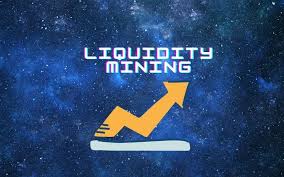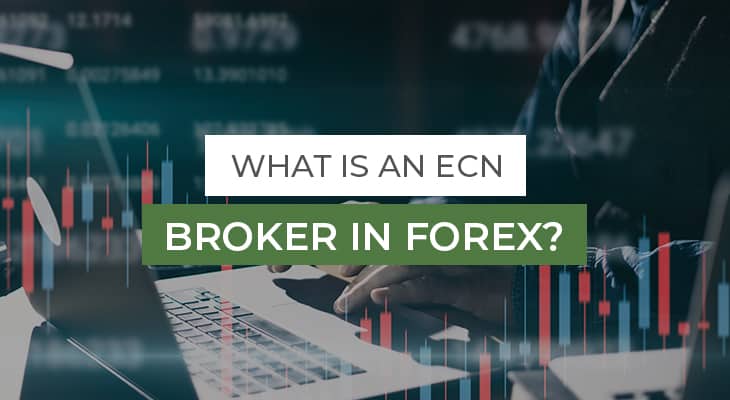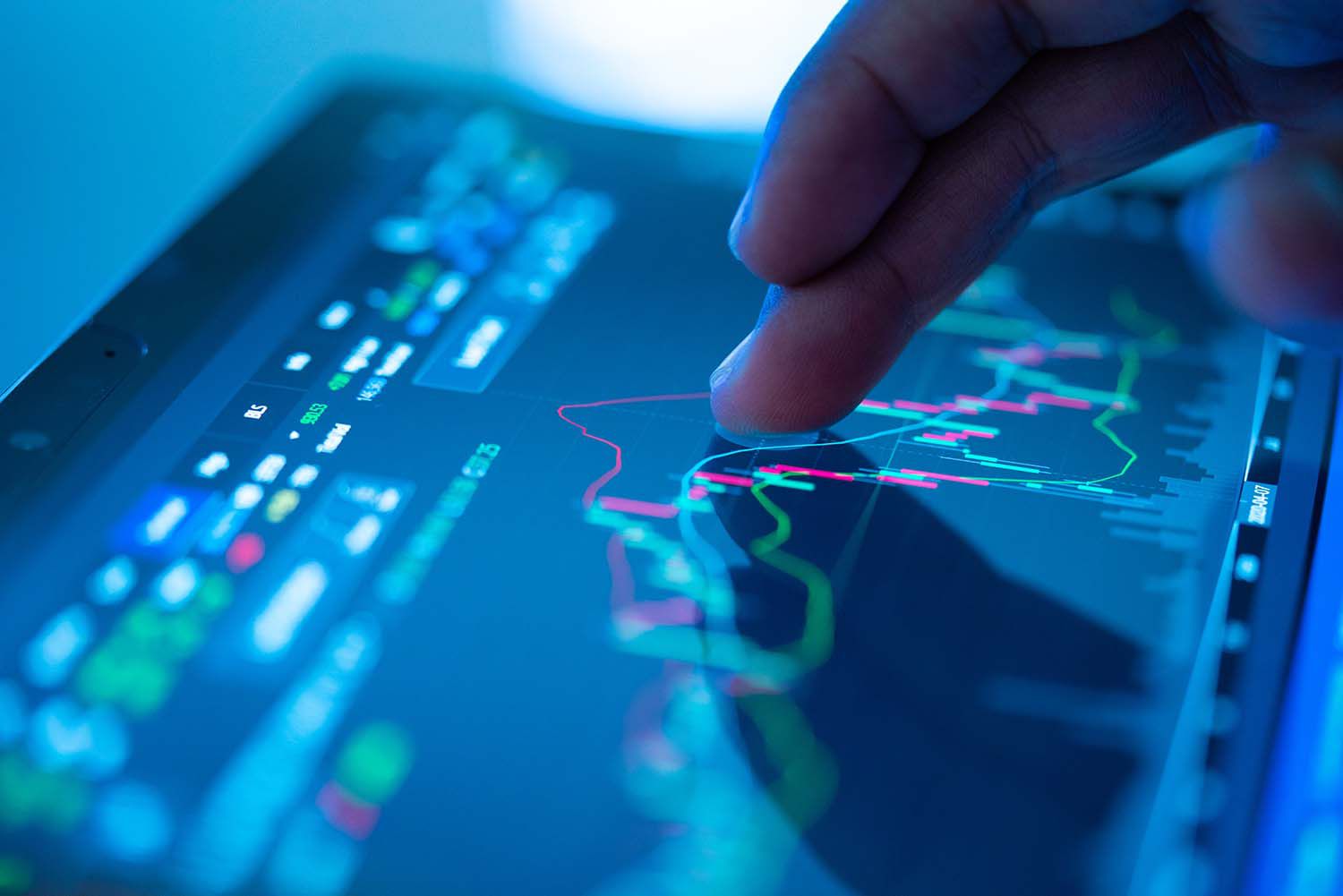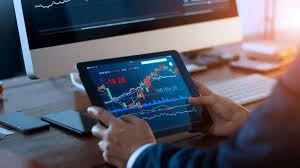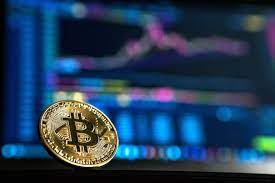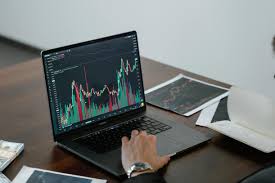Content
You should consider whether you understand how spread bets and CFDs work, and whether you can afford to take the high risk of losing your money. In this example, a trader could buy euros from bank A, which is selling at $1.6200, and then immediately sell those euros to bank A, which is buying for $1.6300. If the trader does this with an initial investment of $100,000, they could net a quick profit of $1000. In our case, as the table shows, firms end up selling in the spot market much of what they withheld in the forward market, bringing final output quite close to the first best scenario (14.9 GWh). Our intuition is that because the spot market is much smaller than the forward market, firms have less incentive to withhold remaining supply. Thus, the allocation of production between dominant and non-dominant firms is more efficient, and quite close to the first best. Consumer payments, however, are much larger than they were in the first-best due to higher prices in the forward market.
What is interest rate arbitrage?
(also interest rate arbitrage) a method of making a profit by buying currency in one place and selling it in another place, making use of the difference in interest rates in the two places: A tax on international transactions was introduced to reduce possible gains from interest arbitrage and exchange-rate movements.
Such programs could include coding or mathematical errors that could result in losing money. It is important that a trader do their own due diligence before deploying any automated trading programs. An arbitrage calculator, or arb calculator for short, calculates what the theoretical price of an asset should be based on other inputs and how much you should stake on a trade to guarantee profit. Covered interest arbitrage exploits the differences of interest rates of foreign currencies between countries.
Daily Market Charts And Analysis March 11, 2021
Because of discrepancies between the foreign exchange rates in each country, the price of the share can differ between the two exchanges. So, by simultaneously selling the stock on one exchange and buying it on the other, a trader can take advantage of the price discrepancy for immediate profit. A key policy question for the United States and the rest of the world is whether financial traders should be allowed to participate in the auctions to arbitrage differences between forward and spot prices. As it stands now, such traders – who do not have the physical capacity to generate or distribute electricity – are prohibited from many markets.
76.31% of retail investor accounts lose money when trading CFDs with this provider. You should consider whether you understand how CFDs work and whether you can afford to take the high risk of losing your money. All you have to do is make a bet at 320 with dealer 1 that the shares will go up, and another spread bet with dealer 2 that it will go down below 325. You really don’t mind where the price goes; you have just guaranteed yourself a £500 risk-free profit. Say you’re looking at the price of JKL Excavation on two different spread betting sites, and notice a discrepancy in the quotes.
- This is a strategy which is used as what is called a market-neutral strategy, this means it is less risky than others but always means lower reward of course.
- Let’s say shares of ABC Incorporated are trading at £37.76 on the London Stock Exchange – which is the equivalent of $48.00.
- In Ito and Reguant , we address those questions from theoretical and empirical perspectives by examining the Iberian electricity market.
- Anticipating the effects of arbitrage, dominant firms withhold their output more aggressively in the spot market.
- Generally speaking, most people starting out with £500+ in their bankroll should make at least a few hundred in profit per month, but this is just a guideline.
Supply and demand are the primary driving factors behind the markets, and a change in either of them can affect an asset’s price. The speed at which transactions are carried out means that the risk for the trader can be very low.
The Difference Between Arbs & Price Boosts
Triangular arbitrage (also known as three-point arbitrage or cross currency arbitrage) is a variation on the negative spread strategy that may offer improved chances. It involves the trade of three, or more, different currencies, thus increasing the likelihood that market inefficiencies will present opportunities for profits. In this strategy, traders will look for situations where a specific currency is overvalued relative to one currency but undervalued relative to the other.

You trade the Bitcoin for Ripple, Ripple for Ethereum, and then Ethereum back to Bitcoin. The simple arbitrage opportunity doesn’t need any special knowledge or tools. You only have to look out for the inefficiencies across exchanges.
Arbitrage is the profiting from differences in price when the same security trades on two or more markets. An investment practice that attempts to profit from inefficiencies in price by making transactions that offset each other. For example, one may buy a security at a low price and, within a few seconds, re-sell it to a willing buyer at a higher price. Arbitrageurs can keep prices relatively stable as markets try to resist their attempts at price exploitation. Arbitrageurs often use computer programs because their transactions can be complex and occur in rapid succession.
Who Profits From Patents? Rent
Many bookmakers even set their odds to follow the exchange odds; a few ticks down, of course, so they can make a profit. Importantly, while arbitrage trading has relatively low-risk, that doesn’t mean that it’s zero.
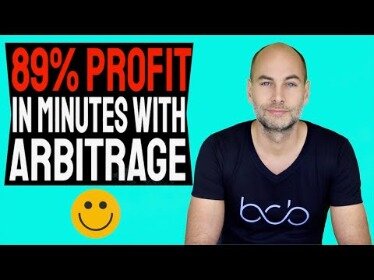
If you are interested in arbitrage and you are looking to find some of the common strategies, this article will provide some of the basics. In some financial markets, there is a very small margin between the buying price and the selling price. Furthermore, this particular good may be traded around the world. The prices may temporarily diverge giving the opportunity for an arbitrageur to make a profit by buying in one market and selling in different markets. Often, arbitrage is referred to as a “risk-free profit”, although, in reality, very few trades carry no risk. Therefore, an arbitrage trading method may provide an edge for winning, but if the arbitrage is based on assumptions and those assumptions are wrong, the trade could result in a loss. Arbitrage pricing theory is built on assumptions, which include the expected return of the asset, that interest rates won’t change, and that we can identify all variables that affect the price of the asset.
First, wind farms have some technological advantages that make them quite attractive to arbitrage. They almost never use their maximum capacity because wind does not blow all the time. Second, because wind is difficult to predict, regulators find it tougher to determine when wind producers are overselling in the forward market.
An arbitrageur will buy foreign currency, bonds, stocks and commodities cheap in one market to sell more expensively in another. For example, if wheat is cheaper in Chicago than in London he will buy in Chicago and sell in London. Similarly, if the same stocks trade at 100p on the New York Stock Exchange and 101p in Tokyo, he will buy the first and sell the second. A successful arbitrage trade like this will see no net cash flow and carries no risk of loss. As it exploits the inefficiencies of current prices, it also helps establish equilibrium in markets by removing them. Aside from the two strategies mentioned above, traders also get involved in statistical arbitrage or currency futures arbitrage. Each has its particularities and can perform well within certain market conditions.
This is the expected return risk premium, or the compensation for taking on the risk. Risk arbitrage is a speculative and event-driven trading strategy, also known as merger arbitrage. It attempts to make a profit from opening long positions in stocks that are targeted by mergers and acquisitions. Retail arbitrage happens more outside of the financial markets.
Arbitrage Explained
One key point that makes arbitrage chances so rare, is the cost of trading. Generally, traders can buy and sell the same asset anytime they want – but it would result in a small loss. If an asset is brought and sold, the costs of trading will mean a small loss is made. This is true even if the asset was brought and sold at the same price.
They do this by using a forward contract to control their exposure to risk. These discrepancies occur when an asset – such as EUR/USD – is being differently priced by multiple financial institutions. This means that arbitrage involves buying an asset at one price from the first financial institution and then almost instantly selling it to a different institution to profit from the difference in quotes. Ours is among several recent papers that investigate questions related to forward and spot markets for electricity around the globe. Saravia analyzes a policy change in the New York electricity market to show the effect of financial arbitrage. Birge, Hortaçsu, Mercadal, and Pavlin and Mercadal study the role of financial trading by examining the Midwest electricity market. ‘Arbitrage opportunities and feedback trading in emissions and energy markets.’, Journal of international financial markets, institutions and money., 36 .
First, in the presence of dominant players and limited participation in the arbitrage market, a forward-market price premium arises. By initially curtailing supply, large firms can flex their market power to drive up prices in the forward market. Since the 1990s, many countries have deregulated their electricity markets.
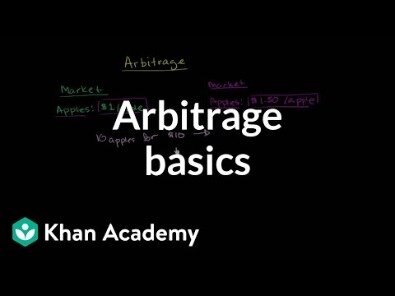
When you buy the asset at a lower price from one financial institution and sell it instantly to another, you’ll gain any profit from these small discrepancies. In order to spot these opportunities, traders need access to asset prices. In the binary markets, this can only be achieved by having trading accounts with multiple brokers. Arbitrage allows a trader to exploit price discrepancies in assets, but this requires speed and adequate algorithms. In the financial markets, prices usually correct themselves in a short time.
And in some cases, it is simply because the model you are using is wrong, or there is some risk factor you haven’t taken account of. Statistical ArbitrageStatistical arbitrage is derived from a collection of quantitative algorithmic investment strategies. This strategy is aimed at exploiting relative price movements of thousands of financial instruments in different markets through technical analysis. If markets do not allow for profitable arbitrage because prices are very similar, then we say markets are arbitrage-free or in equilibrium. The practice of arbitrage will ensure prices in competitive markets will be very close. If there is perfect information and low transaction costs, you would expect only normal profit from engaging in arbitrage. However, if an investor can take advantage of better information or delays in the dissemination of prices, then they can make more profit.
Arbitrage involves profiting from the price difference between identical or related financial instruments, though this usually doesn’t involve large percentage profits. The bigger the mispricing of market inefficiency, the bigger the profit, and the quicker traders will jump in to exploit it. This will reduce the profit potential and bring the asset back into alignment with other market prices or information.


